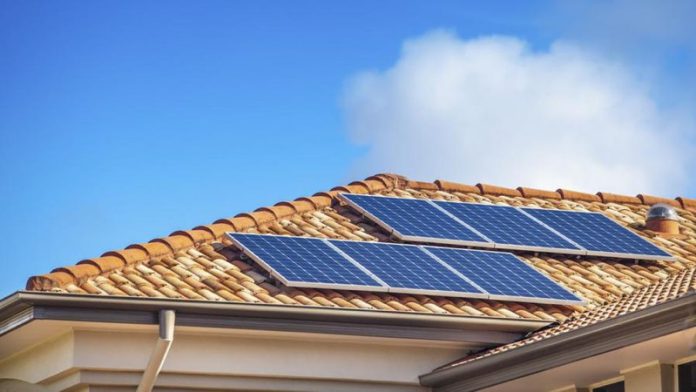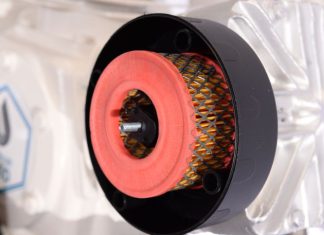When looking to install a solar power system for your home, you should compare the prices of different brands. Most systems on solar power for home cost little so you’re guaranteed to save thousands of dollars by selecting a smaller company. Solar companies quote inflated prices based on their brand name. You should compare price quotes from national brands and local ones to determine which one is the best value.
Cost of solar panels
Home solar systems are now available at an array of prices that can fit any budget. The average installation costs around $14,000. The cost of a solar panel system will be recouped within four years. There are also government incentives to reduce the cost. The residential federal tax credit allows homeowners to deduct up to 26% of the cost of a solar system. However, this credit expires in 2024.
The average cost of a residential 5kW solar panel system is about $15,000 to $25,000 after tax credits. This cost does not include the installation costs and the inverter. In addition, the cost of the solar panels will vary based on the size of the panel, the location of the installation, and the energy usage of the home.
Cost of tracking solar panels
A tracking solar panel system can be very beneficial for limited-space installations. The increased production can make the initial cost more than worth it. Trackers are also useful for large commercial or utility-scale installations. Before you install a solar tracker, it is important to do a cost analysis. It is also important to keep in mind that tracking systems are typically not needed for domestic installations under 6kW.
Solar trackers are available from several manufacturers. They are especially helpful in climates with Time of Use electricity rates because they can produce more energy during peak hours. However, they are more expensive and require more on-site preparation and maintenance than traditional solar panels. They may also require additional site preparation such as trenching or digging, which can add to the cost of a solar project.
Cost of monocrystalline panels
Monocrystalline solar panels are the most commonly used type of solar panels for home use. They are extremely powerful and can convert sunlight into electricity, which you can then use to power home appliances. They are an excellent choice for people looking to save money and the environment. The initial cost of monocrystalline solar panels for home use was a big barrier to adoption, but these days, these panels are incredibly affordable.
There are several reasons why monocrystalline panels are more expensive than polycrystalline panels. First of all, monocrystalline cells are made from more pure silicon, are more uniform in coloring, and are cylindrical in shape. The process of making monocrystalline panels involves carving silicon ingots into wafers and smoothing and rounding the edges. As a result, monocrystalline panels are more expensive to make than polycrystalline panels, so the upfront costs can be higher.
Cost of thin-film solar panels
Compared to other types of solar panels, thin-film panels are less expensive and are more environment-friendly. However, they have a smaller energy output and require larger areas of installation. Moreover, they need more cables and support elements. Before purchasing a solar panel, it is important to think about your goals and then weigh your options.
Thin-film solar panels are composed of many layers of photovoltaic materials. These layers can range from metal, glass, and plastic to produce electricity. The cost of a solar panel varies greatly depending on the type of materials used to create it. A typical 10-watt amorphous silicon solar panel can cost anywhere from $3,000 to $5,500.
Cost of net metering
Net metering is a system that allows you to receive credit for electricity that you generate from solar panels. Your utility company will then bill you for the difference between the amount of electricity you produce and the amount of electricity you consume. You can calculate your net consumption by checking your electricity meter. Modern power meters can detect the flow of electricity both ways and will count up when you pull power from the grid in the evenings or when your panels produce more energy than you use. The difference between your total consumption and your generated power is your net consumption, which is reflected on your utility bill at the end of each billing period.
If you want to receive credit for your solar-power-generated electricity, you must obtain permission from your utility company. This will usually be in the form of an interlocal agreement. Once you have obtained this permission, you will need to enroll in a net metering program. With this program, your utility company will reimburse you for the extra power you generate and only bill you for what you actually use. While net metering doesn’t save you money immediately, the savings add up over the year.
Cost of solar leases
The cost of solar leases for home systems can vary significantly. Some solar leases include relocation services. These services can cost as much as $500. In addition, you may need to get approval from home owners’ associations and your utility company. Additionally, you may have to pay extra for installation and configuration work.
Solar leases typically require a 650 credit score. They can also include a warranty that covers repairs. Solar panels are expensive, and even if they are under warranty, repair and replacement can be costly. However, the lease payment will usually be lower than the cost of the equipment outright.
Cost of power purchase agreements
Power purchase agreements are a great way to make your home more sustainable and attractive. They can also help your home sell faster by making it stand out from the competition. However, you should be sure to do your research before signing an agreement. This way, you can be sure you understand all of the terms and the benefits of each plan.
One major benefit of a Power Purchase Agreement (PPA) is that you will save money on energy right away. Since the electricity produced by solar panels is cheaper than electricity provided by the utility, your monthly electric bill will be less than what you were paying before. These savings will remain flat for a few years and then increase at a fixed rate (usually two to five percent). As energy prices continue to rise, you can expect your savings to grow very quickly.















